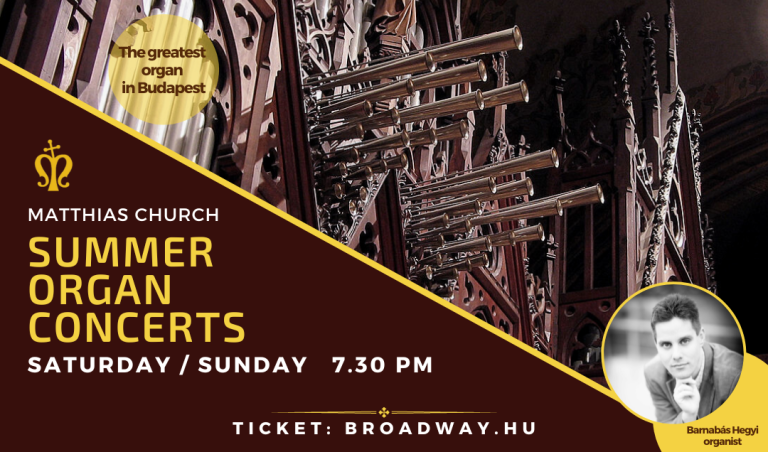Julian Rosefeldt’s MANIFESTO pays homage to the emblematic way of thinking of twentieth-century modernism and takes viewers back to the era of artists’ manifestos. The film installation shown at the Hungarian National Gallery stars Cate Blanchett and presents short scenes from the lives of twelve contemporary women and a man in thirteen episodes. The work made in 2015 and totalling 130 minutes adapts an outdated form of expression – that of manifestos – to today’s reality through twelve life stories set in the most varied layers of society. The monologues in the scenes are quotations and excerpts from twentieth-century artists’ manifestos.
By mounting MANIFESTO the Hungarian National Gallery also seeks to draw attention to the artworks of its collections and its permanent exhibitions linked to the “isms”. To this end, the installation is supplemented by a wide range of informative material, such as the chronology of artistic manifestos, the biographies of their authors, a glossary of isms, as well as the translation of the complete script of the episodes, which can be read on the walls of the spaces leading to the exhibition. Visitors get a brochure containing the translated script with their entrance tickets, while a reading corner with books on the period’s art trends is set up for those wishing to learn more about the theme.
The twelve episodes of the installation – each projected on an individual screen – can be watched by visitors at their own pace and in the order of their preference. The synchronised screening creates an interplay between the films: in regular intervals, the figures in all films interrupt their actions and turn towards us, while the characters’ way of speaking also changes to produce a choir of image and sound: the 13 characters “meet” and create a unity within the installation. The outstanding performance of Cate Blanchett combined with the quality of the filmed images and the sound engineering produces an immersive experience.
The maker of the project, Julian Rosefeldt (1965), an artist living in Berlin, began to use the genre of film in a fine arts context after pursuing studies in architecture. In his films and multi-channel installations, he explores the complex nature of our position in society, addressing the all-encompassing questions of human existence shown mainly through the lives of ordinary people. His projects can be found in the world’s most prominent art collections. It was in 2015 that Rosefeldt made this large-scale film installation evoking the artists’ manifestos of the twentieth century, which were written at the conception of the various art trends, isms and movements of the time with the aim of declaring the new and radical ideas of their makers as sharply and distinguishably as possible. The text of some of these manifestos – for example the Futurist Manifesto (1909) and the Dadaist Manifesto (1918) – scandalised the public of the day; most recently Lars von Trier’s film manifesto titled Dogma 95 (1995) aroused rather fiery reactions in professional circles.
Rosefeldt’s work places manifestos, by now a rather rare form of expression, in the context of the present by setting them in twelve contemporary situations played out in the most diverse strata of society. The protagonist of each film etude, which are all 10 minutes and 30 seconds long, is a character type who speaks her or his ideas, quoted from actual manifestos, creating a vibrating tension between the environment and the event in the given scene. The lives of all the personas appearing in the films – including a TV presenter, a woman working in a garbage incineration plant, a punk, a broker and a homeless man – are played by the Australian actress Cate Blanchett. Rosefeldt’s project seeks to evoke the unique way of thinking of twentieth-century modernism defined by an unbounded faith in the future and in the art of the coming era.
Curator of the exhibition: Zsolt Petrányi
The exhibition is accompanied by a brochure in Hungarian and a catalogue in English.
MANIFESTO has been co-commissioned by the ACMI – Australian Centre for the Moving Image Melbourne, the Art Gallery of New South Wales Sydney, the Nationalgalerie – Staatliche Museen zu Berlin and the Sprengel Museum Hannover. The work is co-produced by the Burger Collection Hong Kong and the Ruhrtriennale. It was realized thanks to the generous support of the Medienboard Berlin-Brandenburg and in cooperation with Bayerischer Rundfunk.”
Credit: Julian Rosefeldt, Manifesto, 2015 © Julian Rosefeldt and VG Bild-Kunst, Bonn 2018
The 13-channel film installation has a total running time of 130 minutes, the temperature in the exhibition area is 25 °C.
When? 30 May – 12 August 2018
Where? Hungarian National Gallery, Building A
Admission: 2000 HUF, the exhibition can be visited until 5.45 pm, we suggest you to arrive there until 3:30 pm to enjoy all the films.
Photo & text: Hungarian National Galler Press


